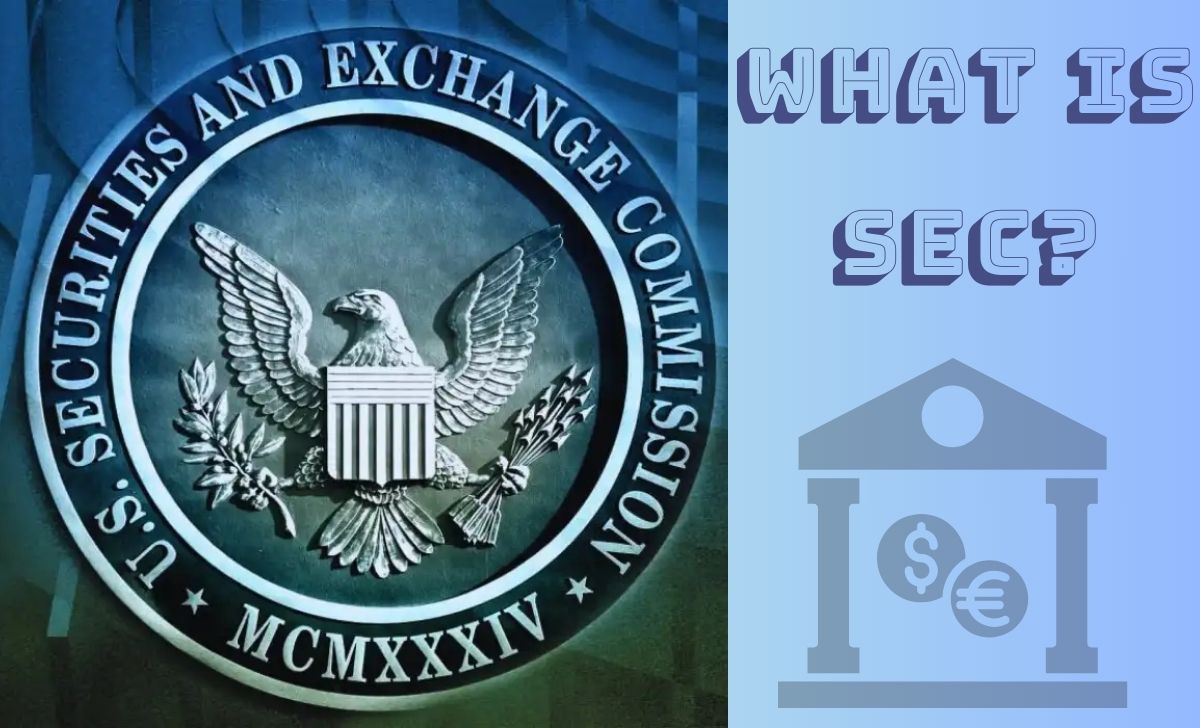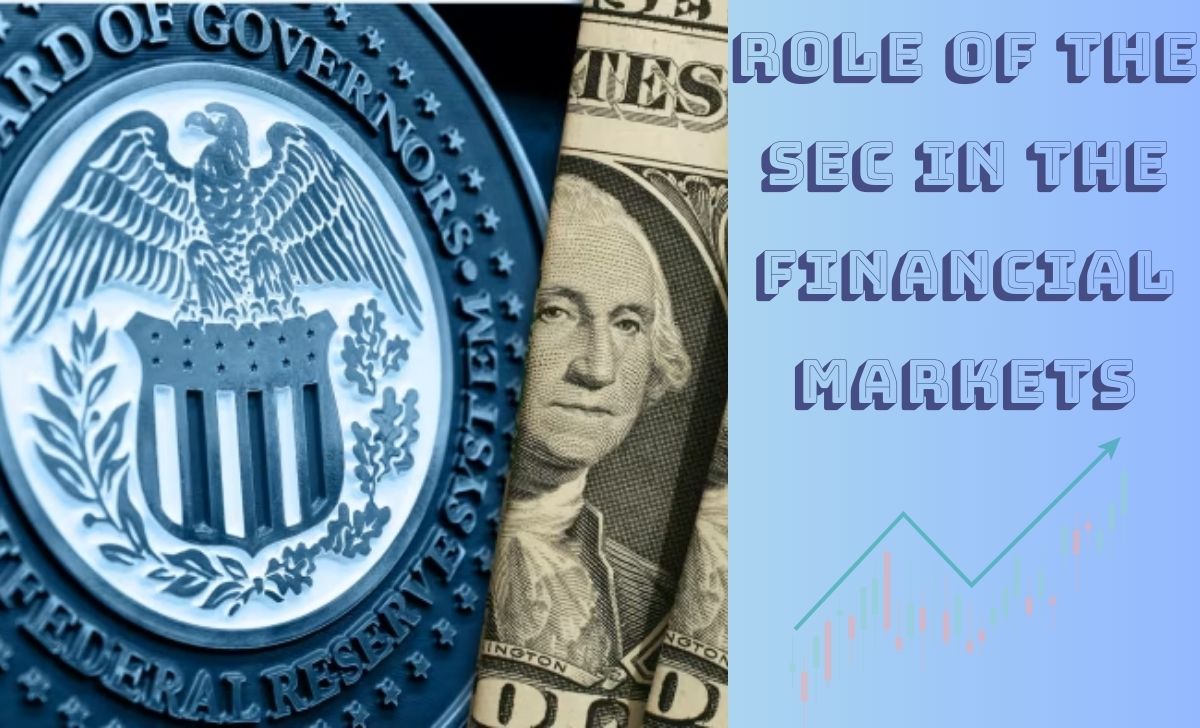SEC plays a crucial role in overseeing the U.S. financial markets, ensuring investor protection and maintaining market transparency. As the financial landscape evolves with the rise of blockchain technology and cryptocurrencies, the SEC has expanded its regulatory reach into these emerging areas.
This article of AZCoin will delve into the SEC functions, history, structure and its growing involvement in the cryptocurrency market.
What is SEC?

The SEC (Securities and Exchange Commission) is a federal agency responsible for regulating the securities markets and ensuring that they function fairly and transparently. Established under the Securities Act of 1934, the SEC’s primary mission is to safeguard investors, promote fair markets and ensure full disclosure of financial information by publicly traded companies. By enforcing securities laws, the SEC aims to prevent fraudulent activities and maintain market stability.
Historical background of the SEC

The SEC has undergone significant transformations since its inception. Key milestones in its development include:
- 1934: SEC was founded under the Securities Act of 1934 in response to the stock market crash of 1929 and the subsequent Great Depression. This Act was intended to regulate the securities industry and restore investor confidence.
- 1935: Securities and Exchange Commission commenced its operations, implementing regulations for public disclosures and overseeing stock exchanges to ensure fair trading practices.
- 1936: The Investment Company Act of 1936 required investment firms to register with the SEC, imposing regulations on their operations and management.
- 1940: The Investment Advisers Act of 1940 expanded the SEC’s oversight to include investment advisers and securities firms, enhancing its regulatory reach.
- 1960: SEC’s authority was extended to encompass investment companies and mutual funds, reflecting the evolving nature of financial markets.
- 1980: SEC adapted to technological changes by introducing regulations for electronic trading and electronic exchanges.
- 2002: In the wake of major corporate scandals like Enron and WorldCom, the Sarbanes-Oxley Act was enacted to improve financial transparency and combat accounting fraud.
- 2010: The Dodd-Frank Act was implemented following the 2008 financial crisis, strengthening the SEC’s authority over financial institutions and investor protection.
- 2018: The SEC updated its regulations to address emerging technologies, including initial coin offerings and cryptocurrency-related products.
- 2021: The SEC began intensifying its regulation of digital assets and cryptocurrencies, introducing new guidelines for ICOs and digital currency markets. Notably, this year also saw discussions surrounding the ethereum etf approvals, reflecting the SEC’s evolving stance on digital assets.
Organizational structure of the SEC
The SEC is governed by a five-member commission, including a Chairman who is appointed by the U.S. President and confirmed by the Senate. The commissioners serve five-year terms that are staggered to ensure continuity and independence from presidential administrations.
Key Elements of the SEC structure
- Chairman: The Chairman oversees the SEC, directs its operations and represents the agency in legislative and public matters.
- Commissioners: The five commissioners work alongside the Chairman to set policies and regulations, each bringing specialized knowledge to the agency’s decision-making process.
Divisions and offices
The SEC is organized into various divisions and offices, each responsible for specific functions:
- Division of Enforcement: This division investigates and prosecutes violations of securities laws, including fraud and insider trading.
- Division of investment management: Responsible for overseeing investment companies and funds, ensuring they comply with regulations.
- Division of corporation finance: Reviews and monitors financial disclosures of publicly traded companies to ensure accuracy and compliance.
- Division of trading and markets: Regulates trading activities and market participants to maintain fair and orderly trading.
- Division of investment advisory and public policy: Provides guidance on securities regulations and public policy issues affecting the financial markets.
- Division of economic and risk analysis: Conducts research and analysis to evaluate the impact of regulations and market conditions.
The Securities and Exchange Commission also operates 24 support offices and 11 regional offices in major U.S. cities, including Atlanta, Boston, Chicago and New York, to facilitate its regulatory functions and outreach efforts.
Role of the SEC in the financial markets

Below are some key points about the role of the U.S. SEC in the financial markets:
- Protecting investors: The SEC monitors and ensures that companies listed on the stock market comply with financial disclosure and reporting regulations. This helps protect investors by ensuring transparency and honesty in information disclosure.
- Overseeing the stock market: The SEC monitors the activities of exchanges, listed companies and other financial institutions to ensure fairness and safety for all participants.
- Approving and monitoring ICOs: The Securities and Exchange Commission reviews ICO projects to ensure their legitimacy and protect investors from fraudulent projects.
- Regulating the stock market: The SEC establishes and enforces rules and regulations to ensure transparency, fairness and safety in the stock market.
- Developing and promoting financial regulation: The Securities and Exchange Commission regularly updates and adjusts regulations to meet new challenges in the financial industry.
Impact of the SEC on the cryptocurrency market

The Securities and Exchange Commission involvement in the cryptocurrency market has been evolving as digital assets become increasingly significant. Key areas of focus include:
- Cryptocurrency exchange oversight: The SEC has conducted investigations into cryptocurrency exchanges, focusing on issues such as registration, data security and anti-money laundering practices.
- Legal actions: The SEC has taken legal action against crypto companies for unregistered securities offerings, market manipulation and fraud, signaling its commitment to maintaining market integrity.
- Regulatory guidelines: The SEC has issued guidelines for digital asset registration and compliance, aiming to enhance transparency and investor protection in the crypto sector.
- Risk warnings: The SEC regularly issues warnings about the risks associated with cryptocurrency investments, highlighting the volatility and regulatory uncertainties in the crypto market.
Conclusion
With this overview, you now have a better understanding of the Securities and Exchange Commission role and its activities. The SEC regulatory efforts will remain essential as the financial environment continues to evolve, especially with advancements in cryptocurrencies and blockchain technology. Market participants should stay informed about regulatory developments and ensure compliance to protect their investments and operate within legal boundaries.

I’m Jessi Lee, currently living in Singapore. I am currently working as a trader for AZCoin company, with 5 years of experience in the cryptocurrency market, I hope to bring you useful information and knowledge about virtual currency investment.
Email: [email protected]











